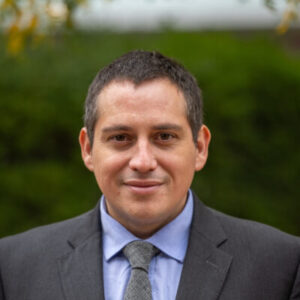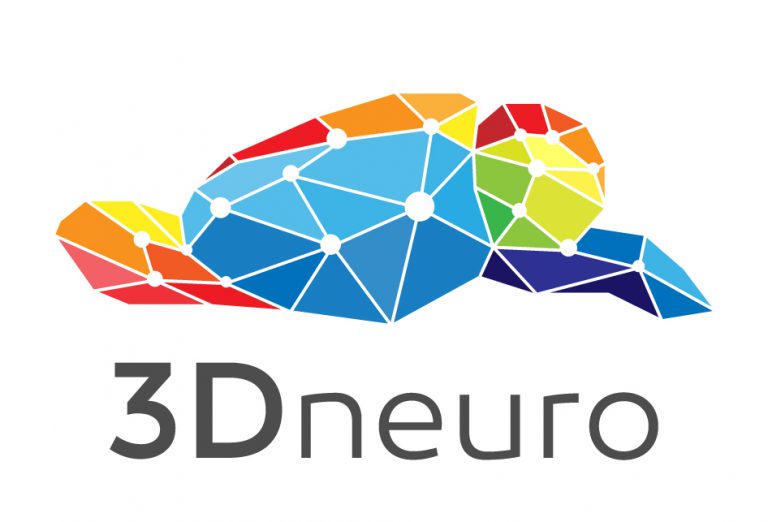
We utilize the R2Drives in pretty much every chronic implant that involves our silicon probes, it is extremely important for us to have a reliable and accurate way to implant our optoelectrodes. Recoverability is also a key feature that allows us to extend the life of a device over multiple implantations. Everyone who has worked with silicon probes knows how stressful it can be to handle them, having an easy-to-use platform is of great help. I always recommend them to our workshop participants.
Roberto's research
Validating next-generation neural implants
In a nutshell
The Yoon lab at the University of Michigan uses MEMS and microsystems technology to create advanced neural probes. Combining optical stimulation, recording arrays, drug delivery, biocompatible and flexible materials and innovative packaging and interface solutions, they try pushing the boundaries of what tools for mapping the brain and peripheral circuits can do.
I perform the in-vivo validation of the different platforms under development in the laboratory. I explore new neuroscience applications that exploit the capabilities of our devices, and coordinate the dissemination of the available neurotechnologies, providing technical support and training to the neuroscience community.
Last updated: February 27, 2025

